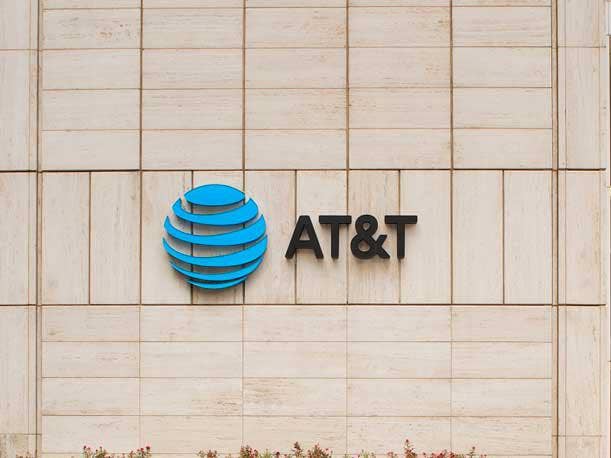AT&T 5G, Mobility Efforts Ramping Up As Business Wireline Revenue Dips

AT&T has its sights set on the near future as the carrier intends to become the first to introduce standards-based, global 5G services as soon as a few weeks from now.
"We plan to introduce 5G in parts of 12 cities by the end of the year, and we announced additional 5G cities for next year as we drive toward nationwide coverage of our 5G network," said John Donovan, CEO of AT&T Communications, during the carrier's third-quarter 2018 earnings call Wednesday.
To make that happen, AT&T has been continuing to invest heavily in its fiber network, the backbone for 5G, Donovan said. AT&T also is planning to launch 4G LTE license-assisted access—a building block for 5G—in parts of 24 cities by the end of the year,
AT&T's fiber network today reaches more than 18 million customer locations, including businesses, and the company will be expanding that number to 22 million by mid-2019, he added. By comparison, AT&T's fiber network touched about 8 million customer locations at the beginning of 2018.
The Dallas-based carrier, a self-proclaimed leader in software-defined networking, made a commitment to virtualize 75 percent of its network by 2020. AT&T in the spring said it would reach 65 percent virtualized by the end of 2018, a goal that the company said it's still on track to accomplish.
"This virtualization core is going to be key for ultra-low latency and 5G," Donovan said.
AT&T's strong third quarter was led by gains in mobility and WarnerMedia, the assets AT&T gained from its Time Warner acquisition. This quarter marked the first the first full quarter that AT&T had WarnerMedia under its belt and the segment delivered with an impressive $8.02 billion for the quarter.
AT&T gained approval to acquire Time Warner for $85 billion in June, but the deal is now going back to court. The Department of Justice remains opposed to the acquisition, maintaining that the merger could result in price hikes for consumers. AT&T did not address questions concerning the acquisition, citing the quiet period leading up to the new trial that is scheduled for December.
The wireless segment was a particular sweet spot for AT&T in third-quarter 2018 as wireless revenue increased 5.1 percent and service revenue increased 2.3 percent. AT&T reported 4.3 million total wireless net adds for the quarter, with 3.4 million net-new adds in the U.S. that were driven by connected devices and its prepaid subscriber base, which AT&T CEO Randall Stephenson called "red hot" during the earnings call. AT&T also added 907,000 new subscribers in Mexico.
For the third quarter ended Sept. 30, AT&T reported 171,000 post-paid smartphone net adds and 570,000 prepaid net adds. AT&T said it had 48.18 million connected devices on its network during the third quarter, up from 36.34 million connected devices one year ago.
John Stephens, AT&T's senior executive vice president and CFO, said that third-quarter 2018 was the 10th consecutive quarter for year-over year improvement for post-paid net adds, and the second-best prepaid net adds result in more than 10 years.
In keeping with the trend that the carrier started this year, AT&T did not break out revenue for its partner solutions segment for the third quarter. The business wireline unit, however, dipped to $6.70 billion in the third quarter from $7.28 billion a year ago.
"We're keeping laser-focused on costs … and maintaining our margin on business wireline," Donovan said of the results for the business wireline segment.
AT&T also used to break down its business solutions segment, including strategic services revenue, which includes Ethernet, cloud and VoIP sales, but the carrier did not release these specific financials.
AT&T's mobility segment, the carrier's largest contributor to earnings and cash flow, brought in $17.94 billion during third-quarter 2018 compared with $17.30 billion in the same quarter a year ago. The communications business, which includes high-speed internet, video and legacy voice services, fell slightly to $36.23 billion during the quarter from $37.12 billion in third-quarter 2017.
Revenue from legacy voice and data services dropped to $704 million during the quarter, down from $913 million one year earlier.
Net income for the third quarter was $4.72 billion, up from $3.03 billion in the third quarter of 2017. Diluted earnings per share during the quarter was 65 cents compared with 49 cents one year ago. The carrier reported revenue of $45.74 billion for the third quarter, up 15.3 percent from $39.67 billion in the same quarter one year earlier. AT&T's third-quarter revenue just bested Wall Street's revenue estimate of $45.65 billion.